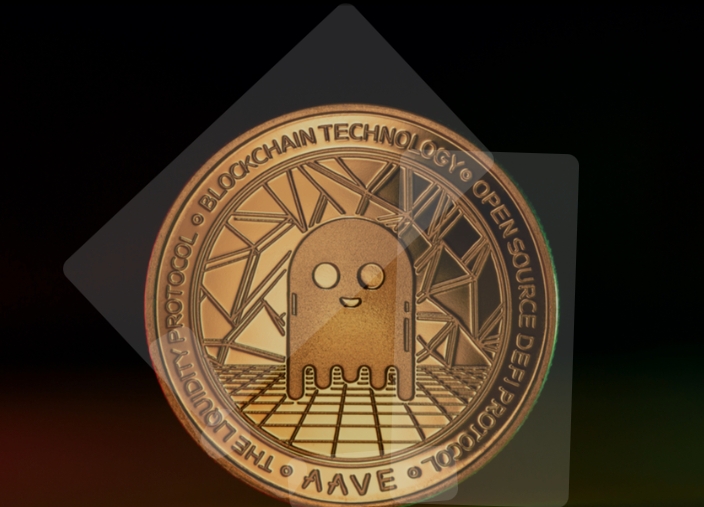
Aave (AAVE) has become a significant player in the world of decentralized finance (DeFi), offering innovative solutions for lending and borrowing cryptocurrencies. This blog post dives into what Aave is, how it works, and why it’s important in the evolving financial landscape.
What is Aave?
Aave, derived from the Finnish word meaning “ghost,” is an open-source, non-custodial lending protocol. Initially launched as ETHLend in 2017, it rebranded to Aave in 2018 and has since grown into one of the leading DeFi platforms. Aave operates on the Ethereum blockchain, allowing users to lend and borrow a variety of cryptocurrencies without the need for traditional intermediaries.
How Does Aave Work?
Aave’s protocol is built around the concept of liquidity pools. Users deposit their cryptocurrency assets into these pools, which then become available for others to borrow. Lenders earn interest on their deposits, while borrowers can take out loans by providing collateral.
Key features of Aave include:
- Lending and Borrowing: Users can lend and borrow a wide range of cryptocurrencies.
- Liquidity Pools: Assets are deposited into pools, facilitating lending and borrowing.
- Collateralization: Borrowers must provide collateral to secure their loans.
- Interest Rates: Interest rates are determined algorithmically based on supply and demand.
- Flash Loans: A unique feature that allows developers to borrow assets without collateral, provided the loan is repaid within the same transaction block. This opens up opportunities for arbitrage, liquidations, and other advanced trading strategies.
- Governance: The AAVE token is used for governance, allowing holders to vote on protocol changes.
What is AAVE Token?
The AAVE token is the native cryptocurrency of the Aave protocol. It serves several purposes within the ecosystem:
- Governance: AAVE holders have the right to participate in the governance of the protocol, voting on proposals for upgrades and changes.
- Staking: AAVE can be staked to provide security to the protocol and earn rewards.
- Fees: AAVE is used to pay fees within the Aave ecosystem.
The Importance of Aave
Aave plays a crucial role in the DeFi ecosystem by:
- Democratizing Finance: It enables anyone with an internet connection to access lending and borrowing services, removing the barriers imposed by traditional financial institutions.
- Increasing Efficiency: By automating lending and borrowing processes through smart contracts, Aave eliminates the need for intermediaries, reducing costs and increasing efficiency.
- Promoting Innovation: Aave’s open-source nature allows developers to build new financial products and services on top of the protocol, fostering innovation in the DeFi space.
Aave’s Future and Challenges
Aave continues to evolve, with ongoing development focused on scalability, security, and the integration of new features. However, like any DeFi protocol, Aave faces challenges, including:
- Smart Contract Risk: Vulnerabilities in the underlying smart contracts could lead to loss of funds.
- Liquidation Risk: Borrowers face the risk of their collateral being liquidated if they fail to maintain the required collateralization ratio.
- Regulatory Uncertainty: The regulatory landscape surrounding DeFi is still evolving, which could impact Aave’s future.
Despite these challenges, Aave’s innovative approach to lending and borrowing has the potential to transform the financial industry. As DeFi continues to grow, Aave is well-positioned to remain a leading platform in the space.

tCahU dTAD LyK rbmF jBFZxMqO xvQwRr zLdBB